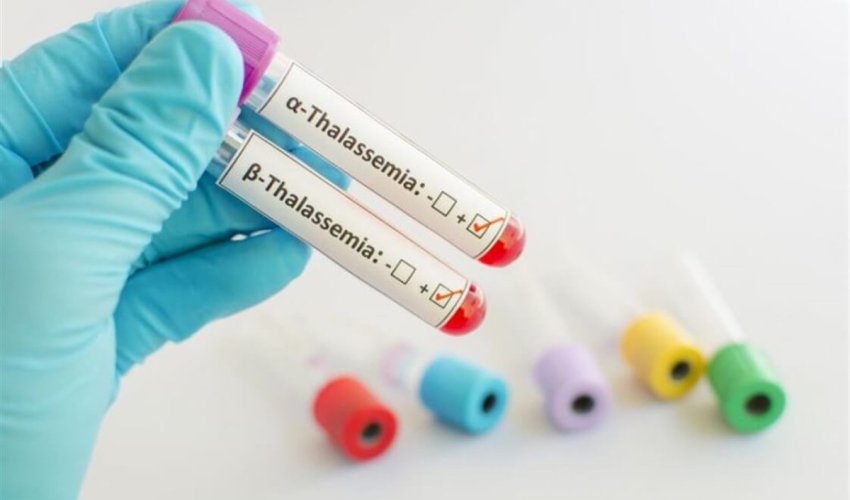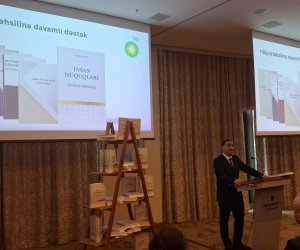A bone marrow transplant only complete cure for some thalassemia cases

A full cure for thalassemia is possible in some cases, but it depends on the type and severity of the disease, a senior Azerbaijani health official said on Tuesday.
The only fully curative method currently available is a bone marrow or stem cell transplant, said Tunzala Ahmedova, head of the transfusiology department at the National Centre of Hematology and Transfusiology. The procedure requires a suitable donor, and that the patient’s overall health allows it, she said.
“During the transplant, the patient’s diseased bone marrow is completely destroyed using cancer treatment drugs and radiation therapy, after which healthy donor stem cells are introduced. Although this method can potentially eliminate the disease entirely, it is only used in special cases due to serious risks and severe side effects,” Ahmedova said.
In most cases, patients receive long-term treatment to improve quality of life and prevent complications, including regular blood transfusions and iron-chelation therapy to treat iron overload caused by transfusions, she added.
Ahmedova stressed that premarital medical examinations are an important step for the future health of families, as carriers of hereditary diseases such as thalassemia often show no symptoms. If both spouses carry the same gene, there is a high risk of children being born with severe forms of the disease, especially in consanguineous marriages, she said.
Premarital screening is “not just a formality but a responsible choice” to protect the health of parents and future children, enabling early diagnosis and preventive measures, she added.




































 Photo
Photo 



 Video
Video 

